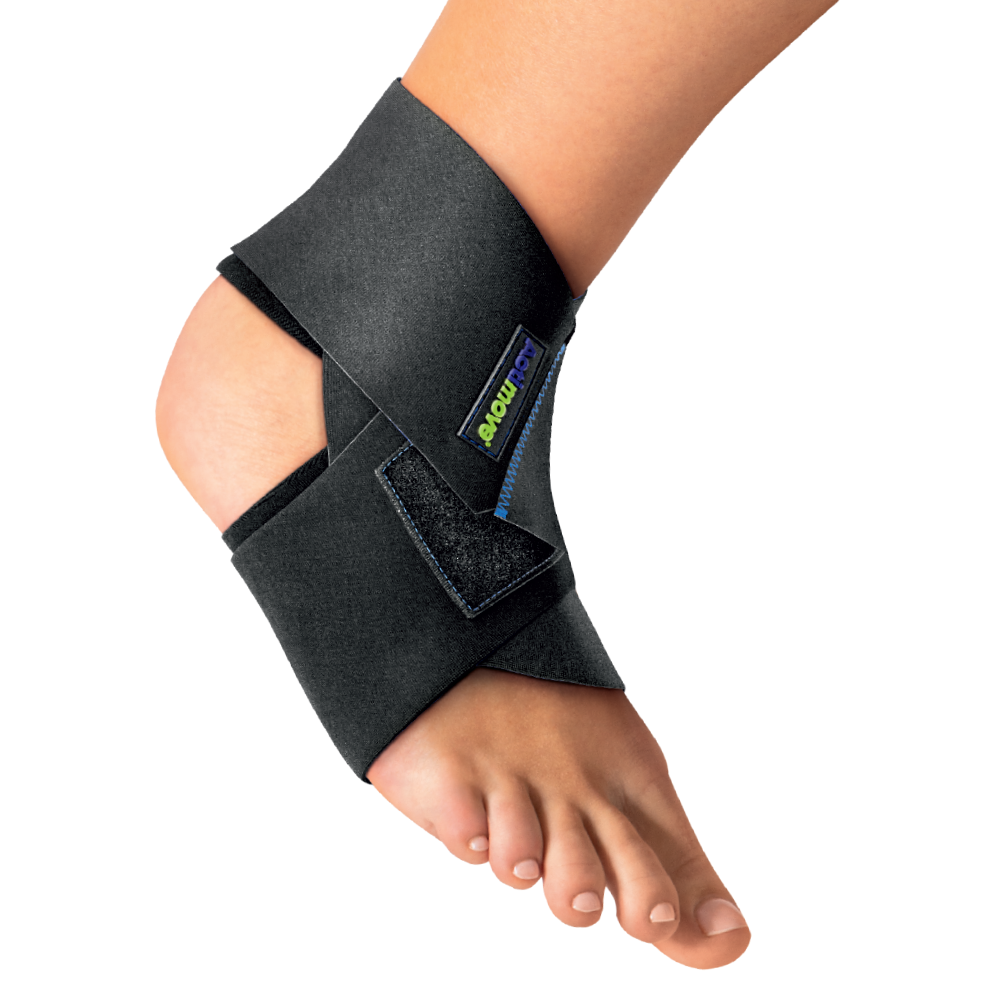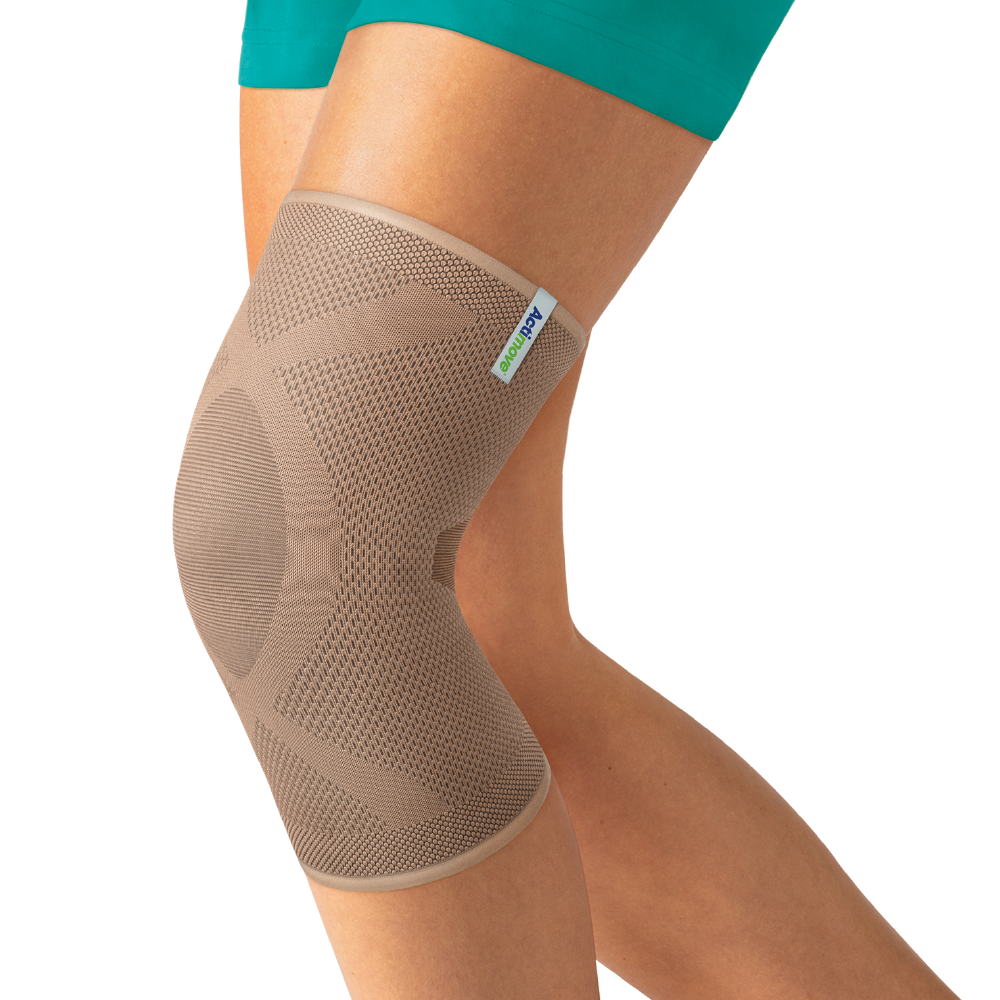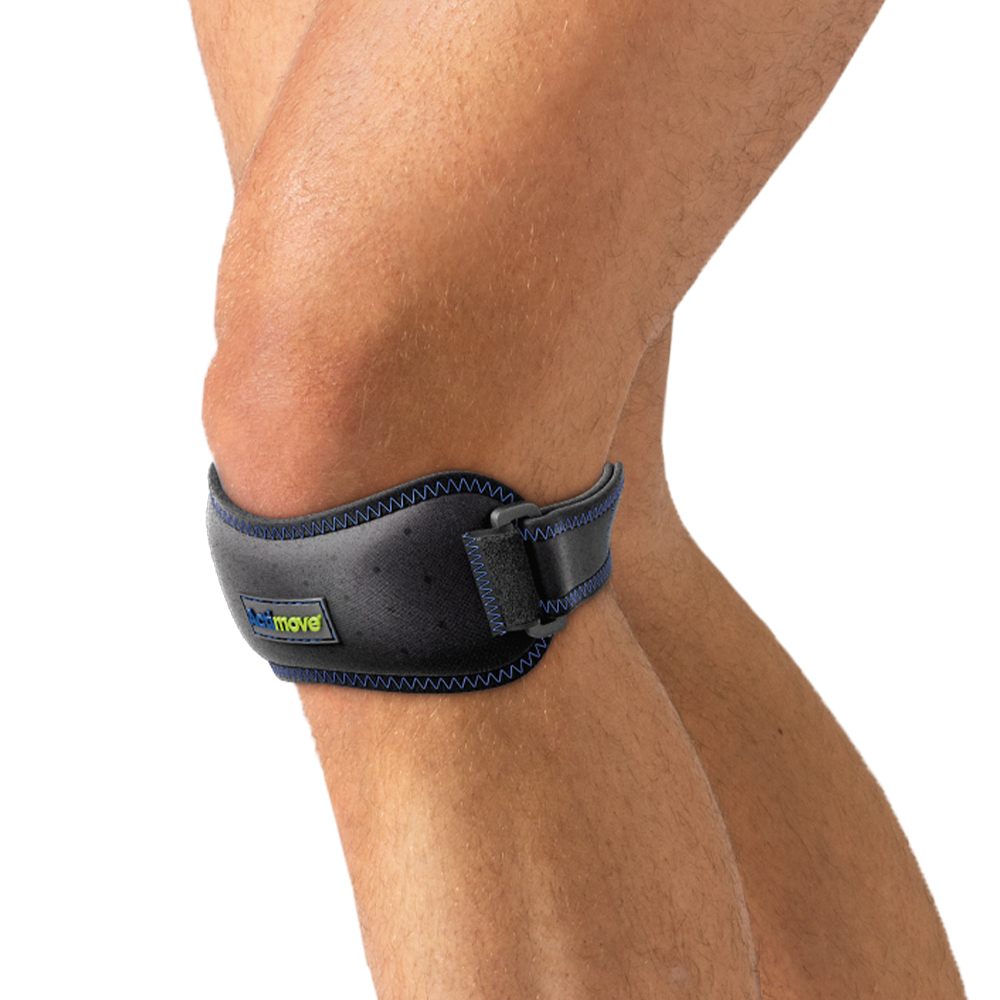

What is a sprain?
A sprain occurs when the ligaments (bands of tissue) that connect one bone to another bone become torn or stretched. A strain, on the other hand, involves an injury to muscles or tendons.
Where do we get sprains?
- Ankle sprains: A high ankle sprain usually occurs when you roll, twist or turn your ankle in an awkward way, or when you land on your ankle after a jump. Ankle sprains are prevalent when engaging in sports that require jumping, cutting, rolling or twisting the foot, such as basketball and tennis.
- Knee sprains: Knee sprains usually occur after falling over, sudden twisting or after taking a knock to the knee. There is an increased risk of knee sprains caused by bending or twisting during dynamic activities such as football.
- Wrist sprains: Wrist sprains often happen when you fall and land on an outstretched hand.
- Finger sprains: Finger sprains result from injuries that bend your finger too far backward (hyperextension) or the wrong way.

What are the symptoms of a sprain?
There are many signs and symptoms of a sprain that vary from person to person. You may immediately hear or feel a ‘pop’ in your joint at the time of injury. You may also be experiencing pain, swelling, bruising and limited mobility to the affected joint are other common symptoms.
It's usual to experience pain, so you can try wearing a support product to aid with pain relief and healing of the joint.
How do you treat a sprain?
- Rest - Stop the activity immediately and rest as much as possible for the first 2 days.
- Ice - Apply an ice pack wrapped in a cloth or towel for 15-20 minutes every two to three hours during the first 24 to 48 hours after your injury to reduce pain and swelling.
- Compression – Wrap the affected area with a medical bandage to prevent swelling. It should be a snug fit but not adjusted too tightly or it may interrupt blood flow to the area. If the skin below the wrap turns blue or feels cold, numb, or tingly, loosen the bandage.
- Elevation - Raise the sore body part above the level of your heart to reduce pain and swelling. For example, for an ankle sprain, prop your leg up on pillows.
Returning to physical activity after a sprain
As mentioned above, adequate rest is key to properly treating a sprain and promoting healing. Recovery time can vary vastly, depending on the severity of the injury and how it was incurred. Returning to activity too soon before a sprain has had a chance to heal can often lead to repeat injuries, especially with a sprained ankle.
It makes sense if you are eager to return to activity however, it is important to ease yourself in and exercise gently to prevent the risk of further damage. It’s usual to experience pain, so you can try wearing a support product to aid with pain relief and healing of the joint. Choosing the right product depends on whether you are experiencing acute (short-term) or chronic (long-term) pain.
- For a sprain or strain incurred during intensive exercise, sports products like Actimove Sports Edition Ankle Support and Actimove Sports Edition Knee Support Open Patella are ideal to wear if you are looking to manage short-term pain in a sprained ankle or knee. The supports aid with pain relief around your injured joints.
- If you’ve sustained an injury to the wrist during a sporting activity, Actimove Sports Edition Adjustable Wrist Support Adjustable provides pain relief to the sprained joint. The support is adjustable to provide comfort no matter the level of activity
When a sprain or strain becomes chronic
Many people find that pains from a sprain can linger even after the body part has healed. If the pain around your sprain or strain persists and becomes chronic, it is worthwhile using supports that are more suitable for everyday use. Both the Actimove Everyday Supports Ankle Support and Actimove Everyday Supports Knee Support Closed Patella relieve the affected area of pain. The supports can be positioned on the joint comfortably and securely, suitable for everyday movement.











